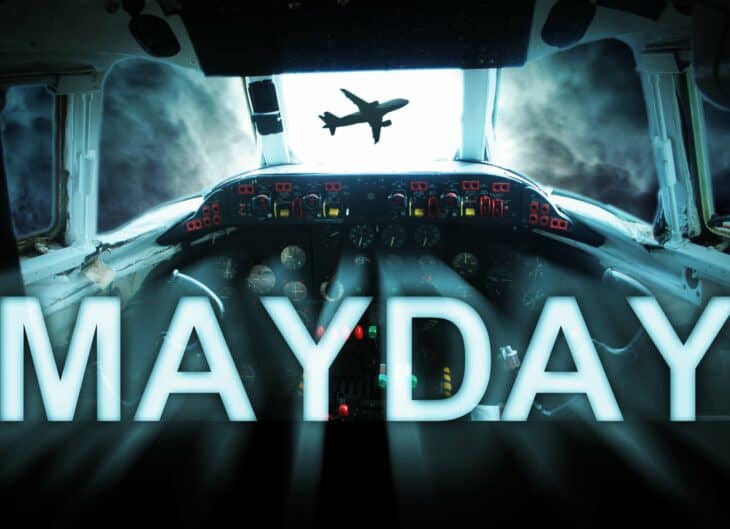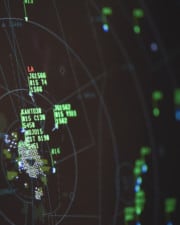In the realm of emergency communications, few signals carry as much weight and urgency as the mayday call. This distress signal, synonymous with life-threatening situations, is an integral part of safety protocols across aviation, maritime, and even terrestrial communications. Understanding the purpose, significance, and correct usage of a mayday call can be the difference between life and death in critical situations.
A mayday call is a distress signal used during emergency situations to indicate a grave and imminent threat requiring immediate assistance. It is universally recognized and given the highest priority over all other transmissions.
History
The term “mayday” has a rich history that spans nearly a century, evolving from a simple call for help into a globally recognized emergency signal.
Maritime Origins
“Mayday” originates from the French phrase “m’aidez” or “venez m’aider,” which means “help me” or “come help me.” It was adopted in the 1920s by maritime radio officer Frederick Stanley Mockford, who sought a word that would be easily understood by both British and French pilots and sailors.
The term quickly became integral to maritime distress signals, with key historical incidents amplifying its use. Notable maritime disasters where mayday calls played a critical role in rescue operations underscore the term’s adoption and effectiveness.
Aviation Adoption
The transition of mayday calls from maritime to aviation emergencies marked a significant development in air safety protocols. International aviation organizations, recognizing the need for a standardized distress signal, officially adopted “mayday” for emergency communications.
This adoption facilitated a unified response to aviation emergencies, ensuring that pilots in distress could communicate effectively with ground control and other aircraft.
Protocols and Procedures
The protocols for making a mayday call are rigorously defined, varying slightly between maritime and aviation contexts but maintaining a core structure designed to convey critical information swiftly and clearly.
Communication Etiquette
Effective communication during a distress situation is paramount. The etiquette for issuing a mayday call includes stating the word “mayday” three times, followed by key information such as the nature of the emergency, the specific assistance needed, and the location or position of the distressed party. This protocol ensures that the call is immediately recognized as a distress signal and that responders have the necessary information to assist.
Examples and Case Studies
Real-life incidents underscore the mayday call’s impact and the importance of timely and proper usage.
Successful Rescues
Numerous cases exist where prompt mayday calls have led to successful rescue operations. For instance, maritime incidents where ships were taking on water or aircraft experiencing engine failure have seen crews and passengers safely rescued, thanks to quick and clear mayday calls. These examples highlight the effectiveness of the mayday signal in mobilizing rescue efforts.
Lessons Learned
Conversely, there have been unfortunate instances where the lack of or delayed mayday calls resulted in tragic outcomes. Analyzing these incidents provides valuable lessons on the necessity of early distress communication and the potential consequences of hesitation or failure to follow established protocols.
Conclusion
The mayday call remains a crucial element of emergency communication, symbolizing a plea for immediate assistance in dire situations. Its history, from maritime origins to aviation adoption, illustrates the evolution of safety protocols that have saved countless lives.
Understanding and respecting the protocols and procedures for issuing a mayday call can significantly impact emergency response effectiveness. As such, it is imperative for individuals in fields where mayday calls are applicable to familiarize themselves with these emergency communication protocols, ensuring they are prepared to act decisively and communicate effectively should the need arise.
Related Posts














